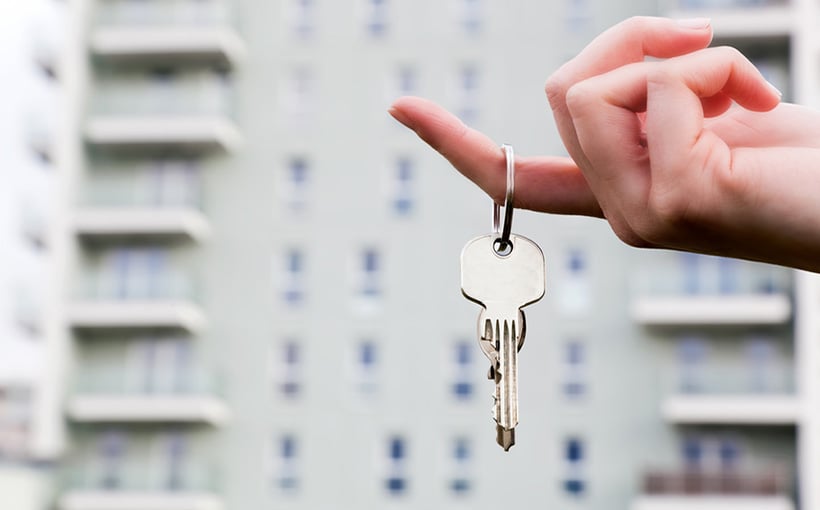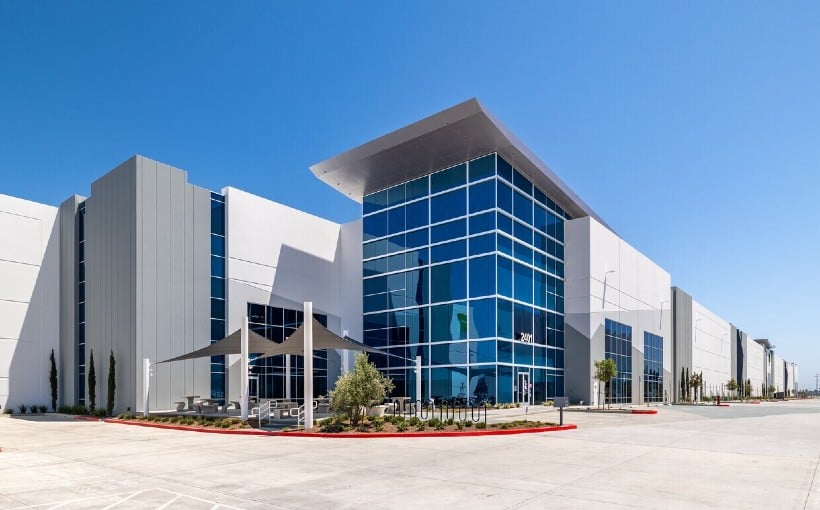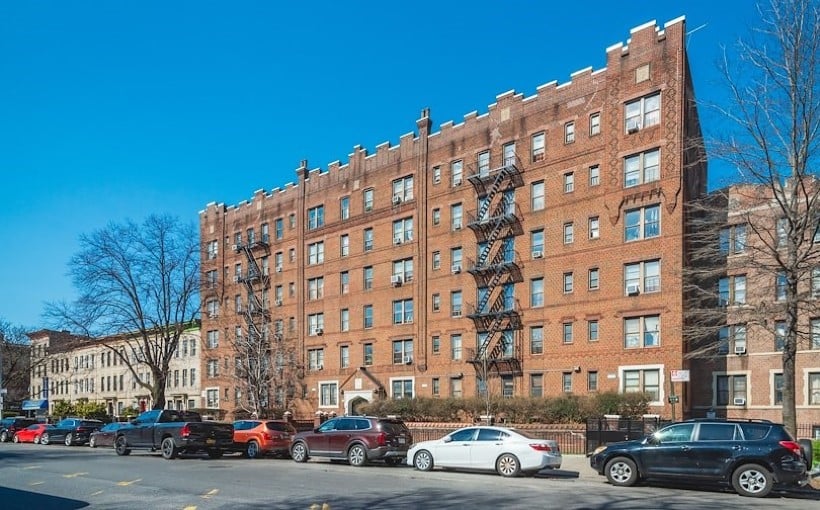**Multifamily and Solar: More Than Sustainability**
*By Connect CRE*


*Patrick Sterns*
Energy expenses continue to be a substantial burden for multifamily property owners and landlords. On average, utility costs per apartment unit amount to $253.14 monthly—with electricity alone comprising $150.93 of that figure. Whether the owner or tenant pays the bill, it’s a significant cost.
According to Patrick Sterns, Vice President of Regulatory & Policy at PearlX, these costs are only going to rise. While clean energy technologies such as solar and wind are often blamed for increasing prices, Sterns argues that the opposite is true. “The reality is that these systems are cheaper than maintaining outdated infrastructure,” he said. With a solar system in place, “a multifamily property can cut its energy bills by up to 90%, with only the incidental cost of being connected to the grid remaining.”
### The Expense of Energy
Sterns points to utility company operations and funding models as a key reason why energy costs remain high. “On the whole, utility companies aren’t making money by selling electricity,” he explained. “They make a guaranteed rate of return on the investments and upgrades they make to the power grid.”
In most states, these expenses are regulated by public utility commissions (PUCs), which approve funds to modernize aging energy infrastructure. However, Sterns noted that the lack of oversight on spending contributes to continuous rate hikes as companies profit from infrastructure spending.
### Clean Energy, Less Cost
Solar and wind power are among the most cost-effective sources of energy on the market today. According to the Solar Energy Industries Association, 80% of new electricity generation added to the national grid comes from solar and battery sources.

Unlike traditional power plants—which can take up to seven years to construct—a solar farm can be built within two years. “There is currently a shortage of gas turbines on the market today,” Sterns said. “Even if we tried to create more gas plants, they physically can’t be built fast enough.”
Once solar farms are operational, they avoid many of the issues associated with traditional grid expansions, such as tree limb interference or power line upgrades. While transporting solar energy from remote farms to urban centers can be costly, decentralized systems like rooftop solar eliminate the need for long-distance transmission.
### Solar and Multifamily: Pros and Cons
In addition to substantially reducing energy bills, solar power offers multiple benefits for multifamily property owners:
– Increases in property value
– Improved tenant attraction and retention
– Opportunities for new revenue streams
– Ease of system installation
– Eligibility for government tax incentives
Rooftop solar enhances the electrification of properties. With affordable solar energy in place, property owners can invest in additional electric amenities such as EV chargers, heat pump systems, and electric appliances—all of which modernize properties and add value.
That said, there are challenges to consider. Utility and permit approvals can be slow and complex. “Utility companies have a lot of control over whether anyone can install and use solar energy,” said Sterns. Multiple layers of bureaucratic approval processes involving authorities having jurisdiction (AHJs) often delay implementation.
Additionally, solar installations are subject to global supply chain vulnerabilities. Trade restrictions, tariffs, and material scarcity can impact both costs and construction timelines. Ongoing maintenance can also be an issue.
High-rise apartment buildings in dense urban environments face added limitations. Limited roof space makes solar placement difficult, and harsh winter climates can reduce panel efficiency. “Even a light dusting of snow can impact the amount of energy you’re getting from the panels,” Sterns said.
### The Takeaway Considerations
With utility rates on the rise, clean energy presents a compelling solution for multifamily property owners seeking to rein in operating costs. Beyond savings, solar energy offers environmental benefits, potential revenue diversification, and increased appeal for modern tenants.
“From a multifamily owner’s perspective, solar power is a no-brainer,” Sterns concluded. “It’s one of the cheapest forms of energy, and the value proposition is truly multifaceted.”
*This article originally appeared on ApartmentBuildings.com.*




